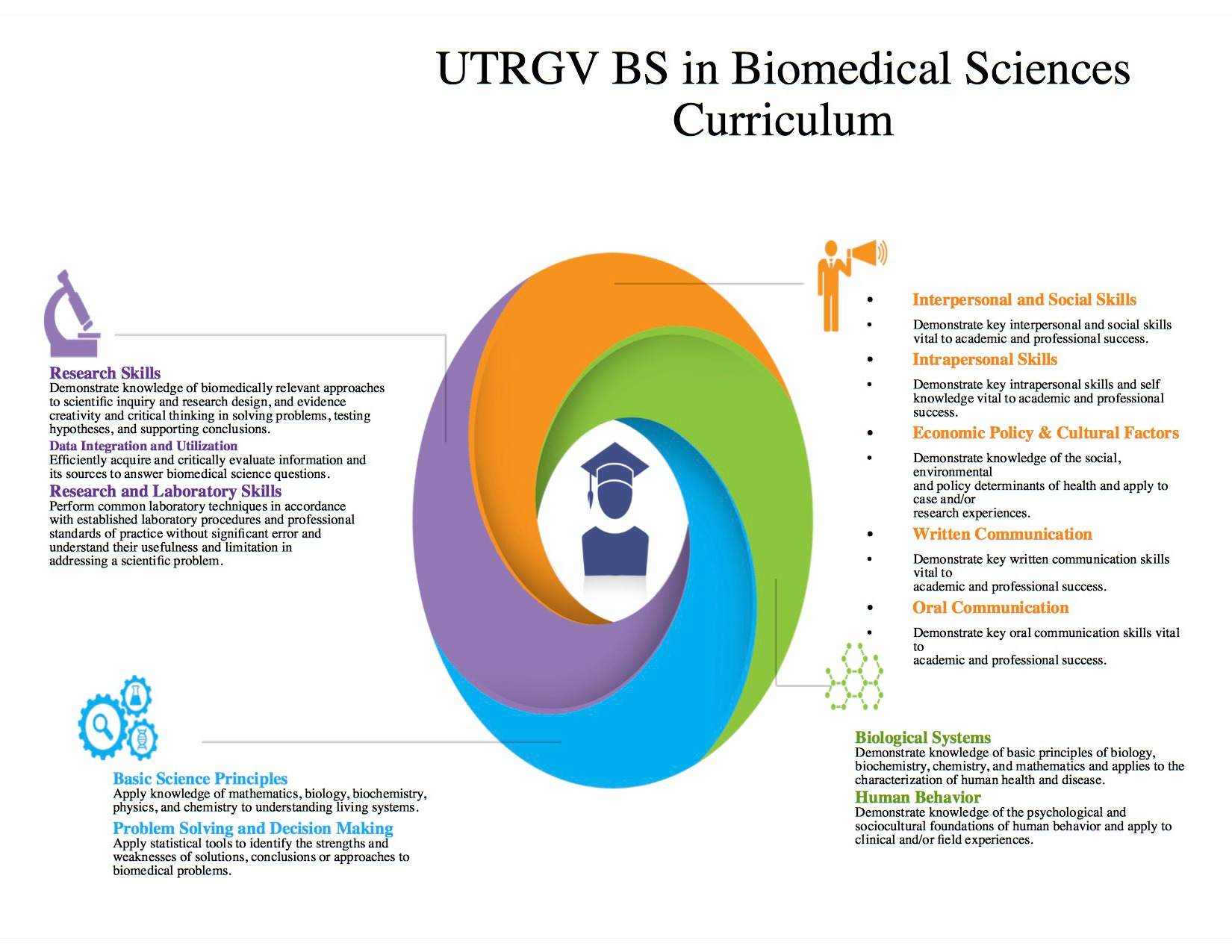When undergraduate students at the University of Texas Rio Grande Valley apply to medical school in three years, they’ll have diagnosed more cases of epilepsy and diabetes than most of their peers. As part of their coursework in a new biomedical sciences program, these current freshmen will complete 16 virtual rounds in which they’ll explore diseases from a variety of perspectives: patients, physicians, insurance providers and policymakers. Outside of class, they’ll review biology and chemistry content on personal iPads and meet weekly with student success coaches who help them stay on track.
The biomedical sciences undergraduate program at UTRGV is the first of nine competency-based degrees and certificates that the UT system is rolling out across regional campuses. The new “experimental sites,” as the university calls them, aim to serve large unmet demand across Texas and the rest of the country for high-quality, professionally-focused degree options that save students time and money. In addition to the biomedical sciences track, the UT System is developing programs in engineering, computer science, business and criminal justice.
“We wanted to create threads between courses so that students can understand connections,” says Marni Baker Stein, CIO of the UT System’s Institute for Transformational Learning (ITL), which is developing the programs. Once they’re up and running, these tracks will represent the largest-scale CBE degree initiative offered by any public university system in the nation.
A Design Challenge
The new experimental sites are the product of a couple of forces, Baker Stein says. First, the “traditional” college student is heading for the endangered species list. “There are dramatic changes in the student populations that we serve. In Texas there are large numbers of first-in-family to go to college, and who are increasingly having to work full-time or come in and out of educational experiences to work,” Baker Stein says. Then there’s the increased workforce demand for technical and STEM-oriented skills. “How can we prepare this new and growing group of students for opportunities that are out there and in Texas are growing?” Baker Stein asks.
The question spurred UT to think about disaggregating traditional degree programs and making them more “stackable” around industry-aligned pathways. In other words, the system had a design challenge. For each experimental site, ITL worked with departments, subject matter experts, instructional designers, accreditation experts, faculty and students to map the entire journey, from the minute students click on the program’s website to graduation. For the Biomed program, ITL worked closely with medical school faculty at UTRGV, the UT Health Science Center San Antonio and the Dell Medical School at UT Austin to align the undergraduate work to medical school and career opportunities.
“The map is the most innovative part of the entire experience,” Baker Stein says, adding that the map serves as the foundation for the curriculum and supporting technologies and services.
Don’t Mess With TEx
While each program has (or will have) its own model, there are a few commonalities in addition to the design approach. Team-based, contextualized learning underlies the instruction for each track; all programs include some type of student coaching services; and they’re all offered on TEx—a mobile-first digital learning platform that UT built internally. Short for Total Educational Experience, TEx integrates data from a variety of sources, including the student information and learning management systems, content services, and learning and assessment apps; and it provides real-time data about student performance.
The tool is designed to help faculty deliver instruction fully online and in hybrid models that blend face-to-face classroom interaction with online learning. The UTRGV biomed program used TEx to capture 2.3 million data events, such as whether students watched course videos or reached out to coaches for help, in the first semester.
“We were able to intervene with students who we thought were falling behind or getting off-track within the first and second week of class, versus not understanding that until the first midterm when in many cases it’s too late,” Baker Stein says.

iPad to Impact
The biomed program at UTRGV is designed to create future health sciences leaders serving the Rio Grande Valley—a region struggling to provide quality healthcare. The first cohort of 129 students started the program in fall 2015. They choose whether to take morning or afternoon classes (to accommodate work schedules), where they participate in laboratory and clinical sessions. They access course content—offered in both English and Spanish—online via iPads and work through assessments at their own pace. Non-academic career coaches monitor their progress and help them stay on track to meet goals.
Hugo Rodriguez, UTRGV assistant professor of anatomy and physiology who teaches courses in the biomed program, has taught medicine in Mexico and the Rio Grande Valley for decades. While he’s excited about the technological innovations of the program, he says the relationships that technology enables make the biggest difference in his students’ lives.
“We have a lots of kids with no role models to push them, to excite them about thinking out of the box,” Rodriguez says, adding that many of his students wouldn’t have dreamed they were capable of pursuing a career in medicine. “Education is more than teaching. It’s a mentoring process. Let the students believe in themselves.”
At SXSWedu earlier this month, Under Secretary of Education Ted Mitchell went to UT Austin to get an overview of the biomed program and hear from current students. He asked them what they like about the program. “That we can apply knowledge to real cases,” one student commented. “We get a scenario like, ‘A 54-year-old has osteoporosis—how do you explain that to her 16-year-old daughter?’ We’re freshmen and we’re already doing that.”
The program is still working out some kinks: Rodriguez says the first semester was challenging for everyone. At the SXSWedu panel, one student raised her hand and said she wished she could get more content on her iPad—the ranch where she lives doesn’t have Internet access.
Next fall, UT students will be able to enroll in five more experimental site programs: nursing, cyber-security, industrial engineering, electrical engineering and energy technology management.


